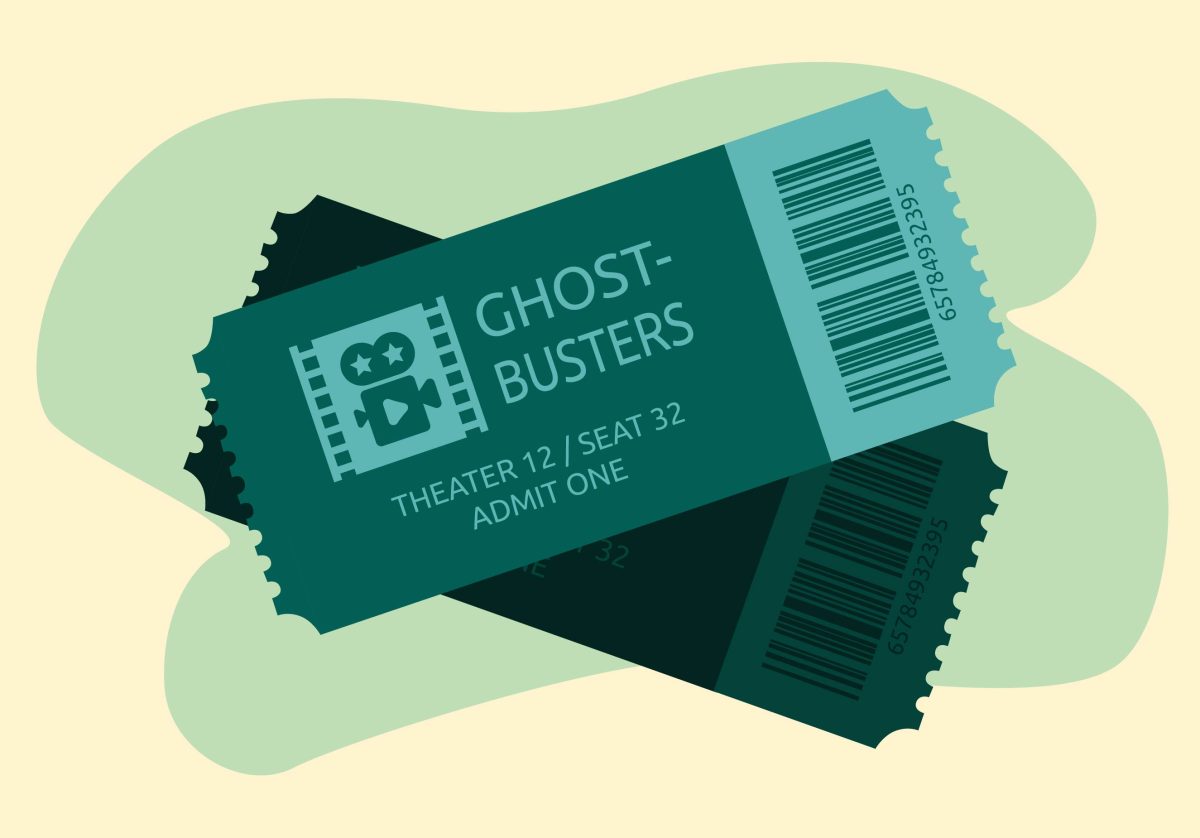When you’re adrift, there’s plenty of time to think.
The films of Andrei Tarkovsky sanctify drift, both in terms of human feelings and as a cinematic technique. A Tarkovsky retrospective will be presented by the Oak Street Cinema over the next two weeks, with five films screening in new and restored prints. Although the films will be shown out of sequence, the elemental power of each is such that completists should feel no disappointment.
The films are “Ivan’s Childhood” from 1962, “Andrei Roublev” from 1969, “Solaris” from 1972, “Mirror” from 1975 and “The Sacrifice,” Tarkovsky’s last film, from 1986. These five films represent a majority of the director’s full-length work and are diverse enough in style and subject to provide an excellent introduction to his oeuvre.
Tarkovsky was born in 1932 in Zavrazhe, Russia (now part of Belarus). He was the son of a poet, Arseniy Tarkovsky. The director studied at VGIK, the Soviet film school. “Ivan’s Childhood,” a disturbing and poignant portrait of a child destroyed by war, was his first full-length feature.
“Ivan’s Childhood” fits neatly into the genre of postwar Soviet World War II stories. However, Tarkovsky’s radical feelings about filmmaking, and the restraint he showed in not allowing the film to descend into mindless patriotism or saccharine sentimentality, sets this work apart from similar texts.
Ivan (Nikolai Burlyayev) is a young boy, orphaned by the war, who serves as a spy on the Eastern Front. Our first encounter with his war-ravaged self is as chilling a portrait of a child-without-a-childhood as has ever been put to film. Ivan is beyond simplistic hatred. He is methodically committed to helping the Soviet Union beat Nazi Germany. His lust for revenge is only part of the reason for his obsession. Like a perfect soldier, he is motivated by a desire to protect civilians, to earn the respect and reward of the comradeship of his fellow soldiers and to uphold the honorable ideals of warfare. Torn from normality, he has given himself over totally to the forces that have ruined his life.
It is only in Ivan’s dreams that we see any trace of childhood left. There, he can romp with his sister or delight his mother with his cleverness. No less a critic than Jean-Paul Sartre defended “Ivan’s Childhood” against its detractors. Of specific interest to Sartre was the way Tarkovsky used these dream sequences to manage the progression of time and undermine a sense of the primacy of quotidian reality.
Ivan’s single-minded devotion to war is balanced by his actual place in the conflict. He cares about the war, but the war does not care about him. Even as he struggles intently, a step back shows us he is floating just as aimlessly as anyone, ruled by chance and fate.
Water was one of Tarkovsky’s favorite motifs. In “Ivan’s Childhood,” the director uses a flooded battlefield to underscore the immersive nature of the conflict in which the characters are enmeshed. While the adult soldiers steal boats to cross the river into enemy territory, Ivan jumps right in to slog through the freezing water in his single-minded pursuit. By contrast, the water in Ivan’s dreams of family happiness laps comfortingly against banks and bodies, a pleasing medium for his fantasy.
Questions of fate and drift are central to “Andrei Roublev,” Tarkovsky’s bitter rumination on the wickedness of the world. The title character, played by Anatoli Solonitsyn, is a famous Russian icon-painter, who wanders through the late 14th and early 15th century Russia. Along the way, he sees firsthand the cruelty and injustice of his society, becoming more disillusioned with his role.
Andrei starts his journey with at least some confidence in the workings of fate and the structures of society. The first point of his disillusionment comes when he and fellow icon-painter monks Kirill (Ivan Lapikov) and Daniil (Nikolai Grinko) stop at a peasant barn during a rainstorm. A peasant is entertaining his fellows with a story about buffoons who play a trick on a boyar. Unfortunately, in Russia, even in the 14th century, you have to watch what you say. The monks denounce the peasant, and soldiers carry him away.
Violence and punishment are a constant presence in Andrei’s world. The contrast between the snowy, quiet landscapes of old Russia and the constant strife of the people who inhabit them lend a chaotic quality to the film. As much as he tries to do good, his efforts are stymied by the corruption of his society.
Solonitsyn’s performance as Andrei is characterized by a soundless intensity. Even at his most strident, it is the eyes and the set of his face that reveal the emotional turmoil Andrei feels.
In this film, Tarkovsky has recourse to images of water – flowing, sitting still, falling from the sky – with varying meanings. In one scene, Andrei has just encountered a pagan sex rite on St. John’s Eve and is tempted by a naked pagan woman. Back in the comparative spiritual safety of his traveling companions, he sees the woman trying to escape from soldiers as he floats down a river in a small boat. Cut off from nature, he drifts with his friends and a matronly companion who is paradoxically crushing two novice monks into her bosom to prevent them seeing the pagan lewdness.
Unfettered by church, state or convention, Andrei’s pagan temptress throws off her robe (somewhat gratuitously) and dives into the river to swim to freedom. Although Andrei does not follow her, it’s clear that this gesture has an impact on his later thinking.
In the end, Andrei finds redemption exactly where one might expect, in helping another individual keep his head above water.
Tarkovsky’s greatest triumph was his adaptation of Polish science fiction writer Stanislaw Lem’s novel “Solaris.” The film brings all of Tarkovsky’s themes together in its exploration of desire, faith, obsession and drift.
Donatas Banionis plays Kris Kelvin, a brooding psychologist sent to investigate the strange goings-on at a space station orbiting the ocean planet Solaris. We meet Kelvin at his father’s dacha in the countryside, where he spends his time gazing morosely at pond weeds and hanging out on the patio during rainstorms. A cosmonaut named Berton (played by Vladislav Dvorzhetsky) visits the house and plays Kelvin some video of his testimony before a committee on the strange deaths and disappearances that have plagued the station. Grumpily, Kelvin agrees to visit the station, even though it might mean that he never sees his family again.
Once onboard the creepily empty station, Kelvin finds that his friend Gibarian (Sos Sargsyan) is dead, a ranting warning video his legacy. The other two scientists, Dr. Snauth (Jüri Järvet) and Dr. Sartorius (Anatoli Solonitsyn) are insane and paranoid, respectively. They’ve probed the planet Solaris with radiation, and now the planet appears to be probing them.
The high weirdness kicks in when a manifestation of Kelvin’s dead wife Khari shows up, apparently real, but also invulnerable to pain and death. Kelvin is faced with a choice: Should he believe the comforting but logically impossible proposition that he is dealing with Khari, or cast her away as a ghost or demon?
Even when he has moved to accept the “guest” Khari as his own, Kelvin is tormented by the intangibility of his newfound happiness. Floating above the waterlogged sentient planet, he has everything and nothing within his grasp.
The films of Tarkovsky offer plenty of room for introspection. His entrancing, lingering shots hypnotize the viewer into a receptive state. When action comes, it does so not as ridiculous Hollywood explosions, but as the anticipated release at the end of a long period of dramatic build-up.
It is not that Tarkovsky didn’t offer resolutions; each of the aforementioned films have a definite end point. However, the main thing we can take away from his work is an appreciation for the beauty of drift and flow. All of our futile struggling in this world counts for little besides the ripples we create. Eventually, we must realize that the ripples will die away, and accept that it’s just us floating here on our own.
















